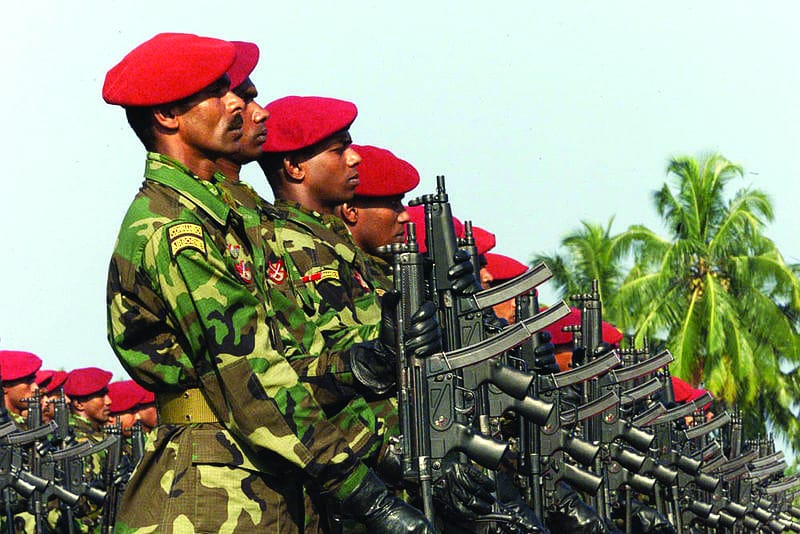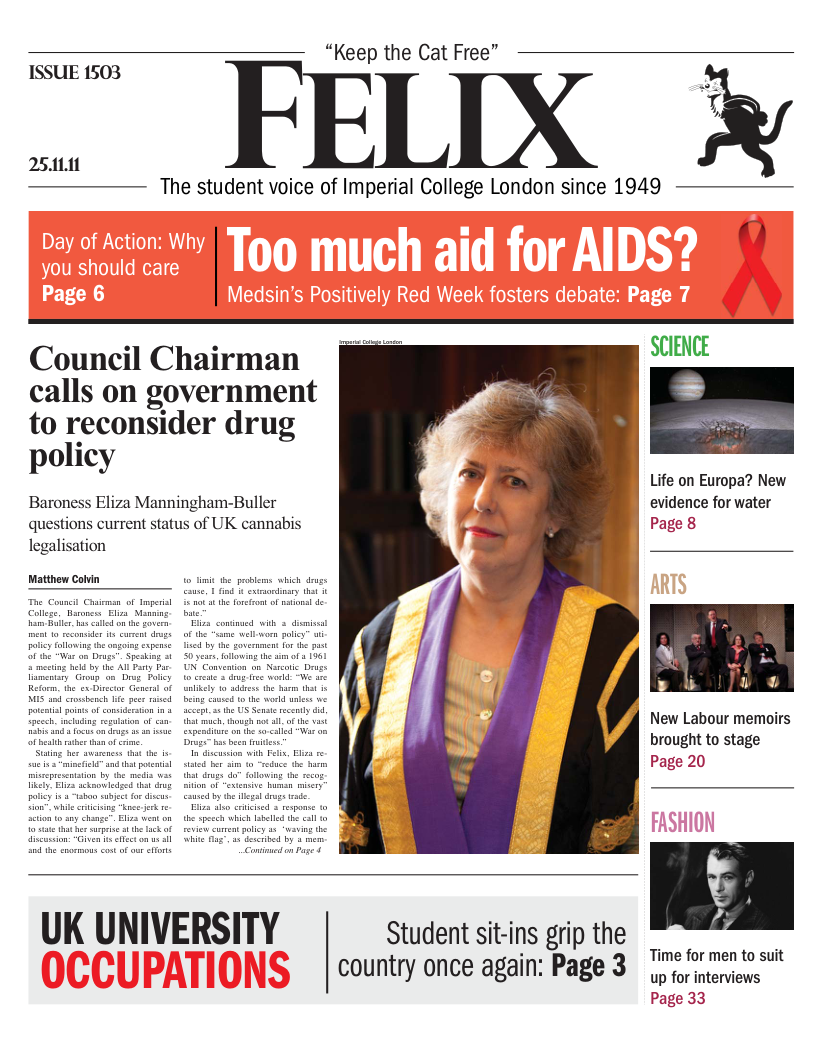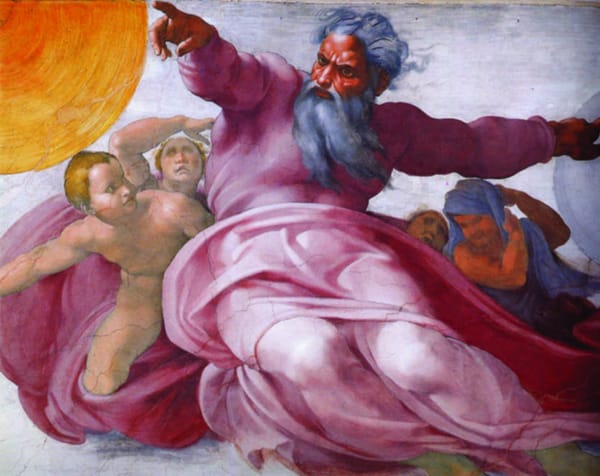Sri Lanka’s silent genocide
Oppression in Sri Lanka may lead on to more uprisings

On Monday 21st November and Tuesday 22nd November Imperial’s International Tamil Society organised and ran a successful Breaking the Silence Campaign. They are one of eight different universities in London participating in the campaign. Their stalls quickly became overwhelmed with inquisitive passers-by, who were interested and, more often than not, shocked and infuriated at what they learnt at the stall. There was also a Krispy Kreme sale which helped raise £150 and will go towards those caught up in the final days of the war in 2009. For those of you who weren’t able to attend, or those who are further interested, this article details the message that Breaking the Silence is trying to convey.
Sri Lanka stands accused of war crimes by international human rights organisations for some of the most horrifying human rights violations in history. Despite the UN calling for an “independent investigation” into the bloody climax of the war in 2009, the Government has dismissed all international concerns as “preposterous”. In a little over a month, over 40,000 innocent civilians, who came exclusively from the Tamil community, which forms the island’s largest ethnic minority, were butchered, having been systematically shelled in public places. The Sri Lankan army, which is overwhelmingly made up of the country’s largest ethnic group, the Sinhalese, left no refuge untouched as they deliberately targeted hospitals, schools and even a governmentally declared “safe zone”. This so-called “safe zone” quickly became a killing field, with thousands of desperate Tamil civilians who had fled there (under the impression that they would be safe from the military’s indiscriminate bombing) being killed. Such a heinous act can only be described as genocide.
Worse still is the manner in which this genocide was carried out. In addition to aerial bombardment and artillery shells, the Sri Lankan army used cluster bombs and chemical weapons, which have been prohibited by numerous international agreements including the Geneva Protocol. These types of bombs, even if targeted at an enemy building, will wreak havoc on nearby civilians with devastating consequences. Using cluster bombs to target a guerrilla fighting force, who were defending thousands of civilians, suggests a deliberate attempt to inflict heavy civilian casualties. It will come as no surprises that Sri Lanka is not one of the 108 signatories of the Convention of Cluster Munitions, which prohibits the use of cluster bombs. Given the Sri Lankan army’s recent, unrestrained use of such weapons, there remains a very grave threat of further use to crush any future uprisings.
Human rights organisations and political analysts have pointed out that future uprisings are inevitable if the government continues on its path of oppression. Despite the conclusion of the war over two years ago, and the government’s promises to rehabilitate and relocate all of the IDP’s (or internally displaced persons) by 2009, 20,000 of the 300,000 Tamil people originally illegally detained, without charge or trial within these camps, are still languishing. Ban Ki-moon, the Secretary-General of the UN, described the camps as “the most appalling scenes I have seen.” Indeed Channel 4 have released videos showing people incarcerated with a severe lack of food and water, women separated from families and even sexual abuse. A leaked US embassy cable, courtesy of Wikileaks, described how the army ran prostitution rings, trafficked young girls, and sexually assaulted very young girls. Bodies of the dead were left where they were and even more were killed in stampedes to secure food from the insufficient supplies. Unsurprisingly NGO’s were denied access to these camps and journalists were strictly forbidden.
The Sri Lankan civil war has its roots in decades of discrimination against the Tamils by successive governments, voted in by the Sinhalese majority. Any attempt by Tamils to peacefully protests against the state’s discriminatory policies, resulted in numerous anti-Tamil riots, in which thousands were killed by mobs.
One of the first of such policies was the “Sinhala Only Act” in 1956. This made Sinhala the sole official language in Sri Lanka and forced almost all of the Tamil people working in the civil service to resign, due to a lack of fluency in Sinhala, making thousands of highly skilled and highly educated Tamils unemployed. The economic existence and career hopes of Tamil people were further dashed by the “Policy of Standardisation”, introduced in 1973, which saw Tamil students having to achieve significantly higher marks than their Sinhalese counterparts in order to enter university.
These ills were not met without resistance from the Tamil populace however. Thirty years of peaceful protests, met only with brutal violence and further oppression, resulted in the Vaddukoddai Resolution being signed in 1976 by the then major Tamil party, TULF (or Tamil United Liberation Front). This resolution, with no end to the discrimination in sight, demanded a separate state for Tamil people in the North and East of Sri Lanka called Tamil Eelam, where Tamil people made up the overwhelming majority. The TULF won 18 out of the 23 seats they contested in the North and East and became the first time in history that a Tamil party formed the opposition. This unprecedented level of support reflected the Tamil nation’s aspiration for freedom. It was a demand that was given the mandate of the people, before the LTTE began its armed resistance.
Peaceful methods to achieve this state failed. Those who participated in the protests had their skulls cracked by bayonets and rifle heads. Protesters were stamped on before eventually being dispersed by shooting. However in 1983 one of the saddest moments of the war occurred. Sinhalese mobs, backed by the Sri Lankan military and police force, descended upon the homes and businesses of Tamil people in Colombo. Over 3,000 ordinary Tamil people were killed in just a few days, thousands more injured and 18,000 businesses burnt. Rioters were overtly helped by the government, who handed them voter lists in order to identify Tamil households. No one has ever been charged in relation to this slaughter.
Since that moment, the Sri Lankan Armed Forces have committed many heinous war crimes and human’s right violations. However, as in Rwanda and Srebrenica, the World chose to stand back and watch in 2009. Please do not let murderers and war criminals go unpunished. Please help us break the silence.
You can help by signing the e-petition, titled “Independent, international investigation into war crimes in Sri Lanka” on http://epetitions.direct.gov.uk/. We also recommend watching the acclaimed Channel 4 documentary “Sri Lanka’s Killing Fields” if you are further interested.






